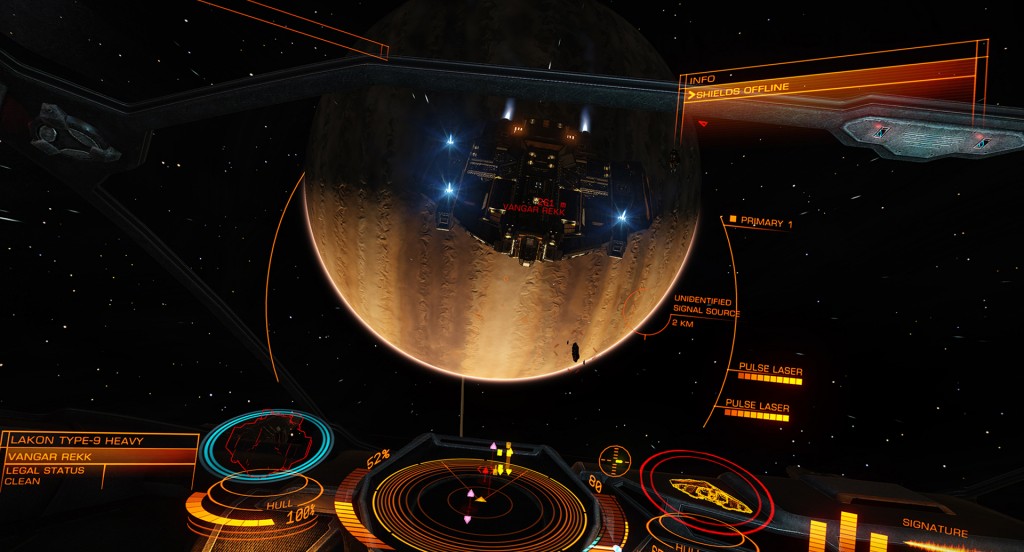
Elite Dangerous from Frontier Developments an example of a game built on internally developed game engine – and they are seriously kicking ass as a result.
It is tempting having been burnt with IT projects to say right that’s it I don’t trust consultants anymore I’m going to try and do everything by myself we cannot trust outside companies with our valuable processes – we are after all primarily purely a process company and our processes are golden to us. I must admit I have had periods of my working life where I have been sympathetic to this view. I have found Internally developed systems great because – they motivate internal teams, they increase knowledge of systems design, they can be completely market leading, they can be incredibly flexible and reactive, they really engender responsibility and accountability, they can be very incremental and adaptable and certain individuals can develop systems often using existing IT infrastructure for solely labour costs. (Why employ capable people if you don’t want to use them?)
Against this there are some fairly big black marks which for some are insurmountable.
They tend to be very person dependent with a lot of power resting with certain individuals
Often those individuals are not necessarily chosen by management and often management really don’t like this.
People move on
Most systems will take a year to at least get up and running and sometimes solutions are needed quicker than this.
As a result I would always suggest a mixed strategy of allowing talented individuals to develop those areas for which there are no good products on the market while encouraging buy in of good tools and good products where tools and products do exist. It really should not be an either or and going down solely down either path could lead to problems. It is of course rare to go solely down the all internal route but I am aware of companies only going down the externally produced route.
But be aware even if you are going down the open source and internal development path – be prepared to invest. Buy good IDEs – don’t skimp on database support. Hire consultants (but please give them focused tasks non delivery of results from consultants is often because they’ve been hired without any real idea of what is required of them) Buy products because they look interesting. Financially support open source projects that are actively contributing – not because your liberal with your money but because value is value chances are you can still choose a cheaper path that benefits you and the providers by not leaving yourself open to the kind of consultancy that costs but does not provide. Most of all its your chance to buy in and vote on the future of your software. Open source providers will sit up and notice pay attention and give real weight to your requests.
Be warned though this kind of imagination and vision requires allowing good visibility and control across large parts of the network something that seems to contradict the general trend towards tighter formal security (at least where I work). I would argue however that tighter security often leads to loss of accountability and responsility (a lack of people who can track through all the programs of an issue) resulting in people and especially management being completely blind sided by problems and counter intuitively greater risk of negilgence and greater opportunity for fraud. [Financial Crisis and the Accounting profession anyone?]
I would add that if you really want to be world class you are going to have to take control of your software.

